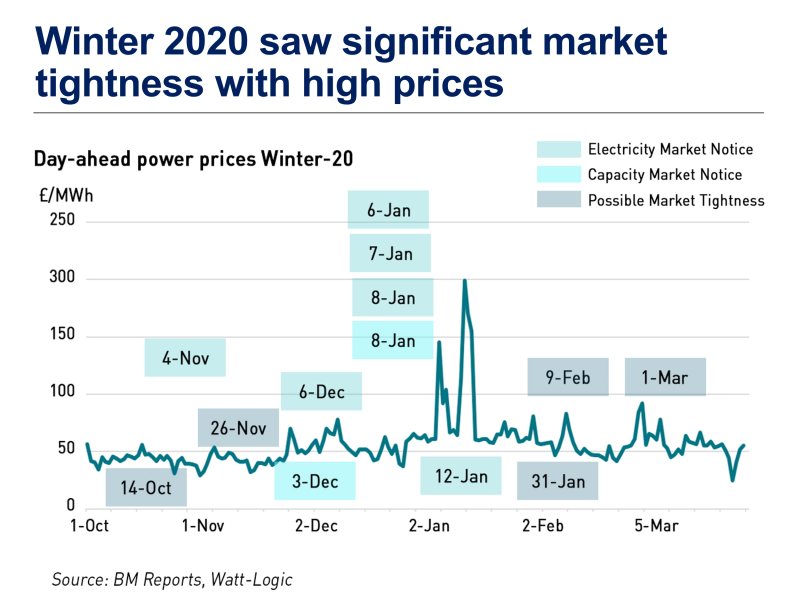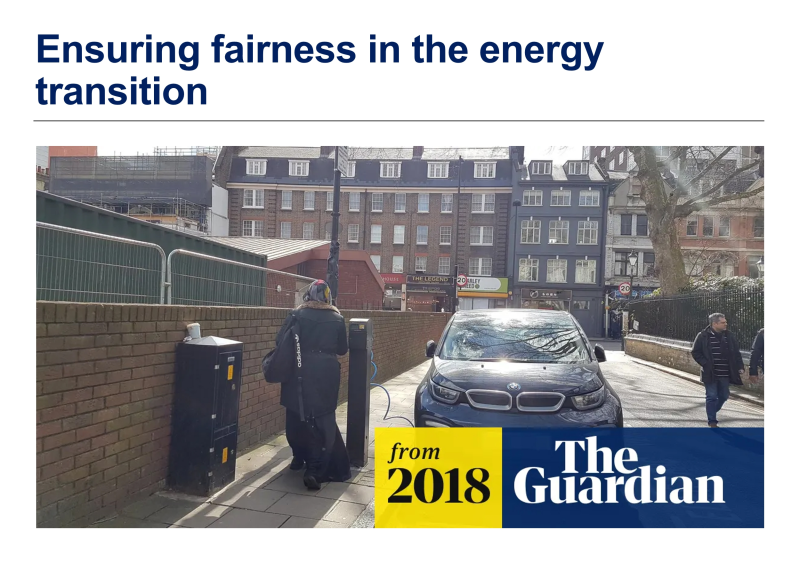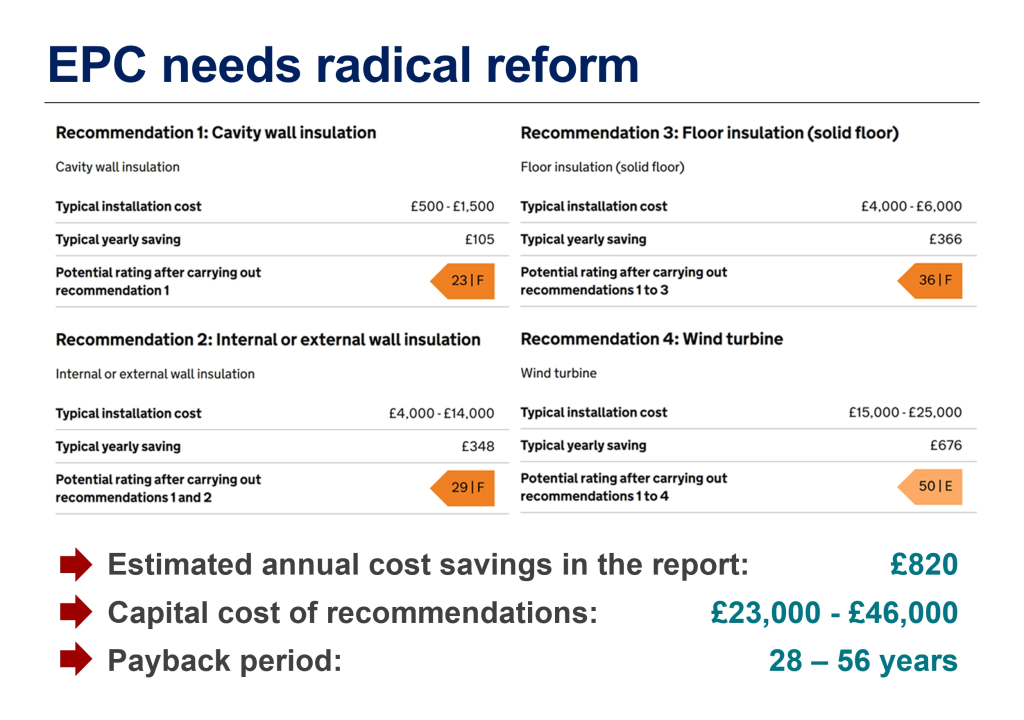The Maths of Net Zero: ensuring a smooth & fair transition


· 13 min read
In this piece, I will address three important areas:
The importance of good data have been very evident over the past year in the context of Covid-19, and this equally applies to energy policy.
A lot of claims are made about the energy transition, and those with the loudest voices are not always the most informed. As John Kerry recently reminded us – some of the technologies which will be necessary for securing net zero have yet to be invented, and this is clear when we scratch the surface and see how many of the net zero pathways rely on carbon capture and storage.
Fans point to carbon capture and storage (CCS) projects already running successfully, but closer inspection tells us that there is not one single large scale CCS project anywhere in the world that does not rely on hydrocarbon fuel production or processing for its economics. CCS is viable for enhanced oil recovery and methane processing – it has so far not been viable for coal power generation, with only two projects both beset by technical problems, and it has not yet been invented for gas generation where the physics are harder and the parasitic loads greater.
Other cheerleaders point to electricity systems powered by 100% renewables, but the only places to achieve this to date are either very small, or have a specific resource such as geothermal energy which sets them apart. In Britain, with its very large seasonal demand swings, the absence of bulk seasonal energy storage makes 100% renewables a technical impossibility unless a significant demand reduction is required. But I hardly think there will be many votes in sending us back to pre-industrialised levels of energy consumption!
Even seemingly straightforward aims such as closing coal power stations are not without problems. Despite the hype about “coal-free days” in summer, there were still times last winter when over 10% of electricity demand was met by coal.
We saw significant market tightness last winter, caused by low nuclear availability, coal exits, the unavailability of the Calon CCGTs and some ad hoc issues with the BritNed interconnector.

When these circumstances coincide with low renewable output…think about those cold, clear winter days when the air is sharp and icy – there is no wind, and as the sun sets before the evening peak, there is minimal solar, the outcome is periods of high, spiky and volatile electricity prices…the average day-ahead price last winter was £55 /MWh but we saw prices hitting £300 /MWh and balancing mechanism and imbalance prices going as high as £4,000 /MWh.
With coal closing and the ageing nuclear fleet struggling – EDF has announced the early closures of three of its nuclear power stations and the future of the remainder of the AGR fleet is in doubt, and with Hinkley Point C delayed to mid-2026, we are heading for a winter capacity crunch, and while blackouts are not particularly likely, periods of high and volatile prices are.
But the other key issue with coal closure is that of offshoring. It’s all very well congratulating ourselves on closing our domestic coal fired power generation when we import goods to the value of 2.3% of GDP from China, which accounts for 53% of global coal fired electricity production and is still growing its coal fleet – China has 88 GW of new coal plant under construction and a total of 247 GW in development. Britain’s peak electricity demand was 47 GW last winter to put that into context.
So it’s essential that energy policy is based on the right metrics and real, verifiable data. And it’s also important that those data are in fact verified.
A good example of a policy based on data that were not verified is the retail price cap: in 2016 the Competition & Market Authority claimed that the large energy suppliers were making £1.4 billion of excess profits, and as a result, Parliament passed the legislation capping standard variable energy tariffs.
I remember reading an interview at the time with Ian Conn who challenged this claim, and thinking that the chief executive of Centrica would say that! But my second thought was that it was in fact fairly easy to check. So I had a look at the Consolidated Segmental Statements the Big 6 suppliers were required to produce, and discovered that collectively in the previous year the Big 6 had made just short of £1 billion in total profits from their retail energy businesses. In fact the CMA never provided any explanation of its claim.
Since then, both established and large suppliers and challenger suppliers have cited the price cap as creating problems in their businesses, and it has certainly added to Ofgem’s workload at the expense of other projects. However it is unclear that consumers are receiving any benefit as the cap continues to rise and tariffs are closely clustered around it.
Having the right information about consumers is vital when designing effective energy policies. The graphic illustrates the extent of these changes in the net zero compliant scenarios, with either a radical reduction in energy use or a still significant reduction paired with a switch from methane to hydrogen.

Few commentators believe that consumers will be willing to make major sacrifices in support of climate objectives, yet the current thrust of energy policy, particularly around domestic consumption and heating, will require significant consumer input, which may be beyond the capabilities of many people.
It is very important to keep in mind that consumers are not all the same, and crucially, that they do not all look like the people that occupy Parliament.
To give just a few key statistics:
This means that a great many British adults face very real challenges in being active participants in the energy transition, and assuming that consumers will organise themselves to acquire more efficient and/or more flexible energy assets and then operate them optimally is unrealistic.
To counter this, energy policy should seek to incentivise enabling business models, in particular energy-as-a-service where companies provide a range of new services to consumers. For example, a new heating system could be bundled with electricity supply and optimisation with the capital costs of the system being amortised over an agreed timeframe. Consumers would set their desired comfort levels, and the energy services provider would operate the heating system to provide this at the lowest cost.
Care should also be taken to ensure that consumers are not encouraged to act in ways which may be harmful to their wellbeing. Households living in fuel poverty already face choices between heating and eating, and it is important that in a world of time-of-use tariffs, low-income households are not discouraged from cooking a hot dinner.
It is also important to keep in mind that fire services consistently advise against running appliances such as washing machines at night due to the risk of fire, yet there is an assumption with time-of-use tariffs that consumers will be encouraged to do exactly that as overnight electricity prices are lower. Since low income households are overwhelmingly more likely to use older, cheaper and less safe appliances, care must be taken not to encourage them into actions that could cause them real harm.
Energy policy is already highly regressive, pushing the costs of de-carbonisation disproportionally onto already disadvantaged consumers. If net zero ambitions are to be achieved, this is not only impractical it risks creating a significant voter backlash which would threaten the desired outcomes.
Energy pricing is not the only source of unfairness in the energy transition. There are increasing objections to the implementation of Low Traffic Neighbourhoods and other changes to roads and pavements, several of which are being challenged through the courts.
This picture provides a good illustration of the point – installing EV charging facilities that block the only available pavement space forcing wheelchair users and parents with pushchairs into the road, and creating a hazard for the visually impaired are manifestly unfair and discriminatory.

As someone who lives with a disability I can assure you that life is already challenging enough without well meaning but ill-thought through policies making things harder. And stories about emergency services being delayed on calls, priests struggling to get to hospitals to administer the last rites, and roads being clogged with traffic while newly created cycle lanes sit empty and unused will only increase the opposition to such schemes with the risk that sensible projects are rejected.
Which leads into my final point which is the need to avoid unintended consequences when designing the policies that underpin the energy transition
As noted previously, energy pricing has strongly regressive elements, but now those policy choices are actively impeding other policy objectives. The decision to recover the costs of the transition through electricity prices has resulted in electricity prices being far higher than gas prices, but now that electrification is increasingly seen as necessary for the de-carbonisation of both heating and transport, there is a growing realisation that persuading people to switch to high-priced electricity is going to be a major challenge.
The reason this method of cost recovery was chosen was a belief that the polluter should pay. However, this has unfairly penalised low income consumers who lack the resources for the reasons mentioned earlier to acquire more efficient appliances or reduce heat losses on their homes.
And this whole question of home improvements is currently being tied to the Energy Performance Certificate, with low understanding of what the EPC actually is. Time and again, policy documents refer to the EPC as an energy efficiency measure. It isn’t. It is explicitly only a cost measure, calculating the theoretical cost of heating a house assuming it is in perfect condition with certain assumed comfort levels; and it is based on a methodology that hasn’t been updated in decades.
The methodology has several crucial flaws:
This last point is critical – it is very easy to drop your EPC rating by converting from gas to electric heating. Last year we completed the renovation of an old house which had been in a poor state of repair, but despite making significant improvements to the heat loss envelope, the fact we switched from gas to electric heating for part of the house dropped the EPC rating from D to F!

We were also advised in the report to install a wind turbine – impossible since we live in a conservation area, add external cladding – also unlikely to be permitted, and under-floor insulation which we had already installed but as the assessor couldn’t see it he refused to accept it was there despite having receipts and even photographs to prove its existence.
The capital cost of the suggested improvements collectively could take up to 56 years to repay at the saving rate quoted in the report. Who on earth would pay even £20,000 for a possible £800 a-year saving, never mind £46,000!?
I was pretty annoyed by this and I only had the house rated out of interest, but if I wanted to rent it out my first step would be to put the gas heating back in where we took it out and we’d be immediately back at a D, despite this being the exact opposite of current policy objectives.
Linking mortgages and the ability to sell or rent properties to having better EPC ratings, will be completely counter-productive unless the EPC methodology is radically overhauled. A very simple way to do this would be to measure actual heat losses and rate buildings on that basis, making the EPC independent of any particular heating technology. A separate emissions rating could be applied if desired, but the fairness of this needs careful consideration when many households have little choice over the energy available to them.
Another potential area of difficulty is with the drive towards electric vehicles. Every developed country in the world now has similar ambitions, but there is a growing realisation that EVs rely on scarce minerals of which there may not be enough to go round.
There is less awareness of the other harms of EVs: the extraction and processing of lithium and cobalt create significant pollution of water sources, and the amounts of water required are already leading to water disputes in south America. Mines are often located in regions with weak environmental and social controls and there are issues with the use of child labour in some areas.
Pursuing net zero at the expense of clean water, and ethical labour practices is not consistent with either sustainability or general decency, and as awareness of these issues grows there is a risk of a policy reversal similar to the one seen with diesel cars.
It’s very easy to be hyper focused on the de-carbonisation leg of the energy trilemma, which, despite Greg Clarke’s assertions to the contrary, is very much still relevant. If energy is not affordable, voters may reject certain approaches and might even rebel against the entire net zero objective – the Brexit vote could be seen as instructive in this context. And, while we generally take security of supply for granted, when power outages occur we are reminded that whatever the dangers of climate change might be, power failures can cost lives immediately, and indeed, cold homes are absolutely linked with higher winter mortality.
But the main risks we face are not from blackouts, they are from high and volatile prices. Price volatility is difficult for businesses to manage, and the costs of doing so are passed through, along with the high prices, to consumers.
Achieving net zero in under 30 years from today will require major changes to everyday life for the entire population. If the ambition is to maintain public support and be successfully achieved, the transition needs to be as painless as possible and should not impose unrealistic burdens on consumers, either in terms of the cost of energy or the way in which consumers access energy.
Making sure policy is founded on good data, works for all consumers, not just the affluent and engaged, and avoids unintended consequences will be essential for success.
This article was part of Kathryn Porter's elocution to the All Party Parliamentary Group for Energy Studies. Energy Voices is a democratic space presenting the thoughts and opinions of leading Energy & Sustainability writers, their opinions do not necessarily represent those of illuminem.
Olaoluwa John Adeleke

Power Grid · Power & Utilities
Alex Hong

Energy Transition · Energy
illuminem briefings

Hydrogen · Energy
Financial Times

LNG · Oil & Gas
Oil Price

Renewables · Energy
Forbes

Energy Transition · Energy Management & Efficiency